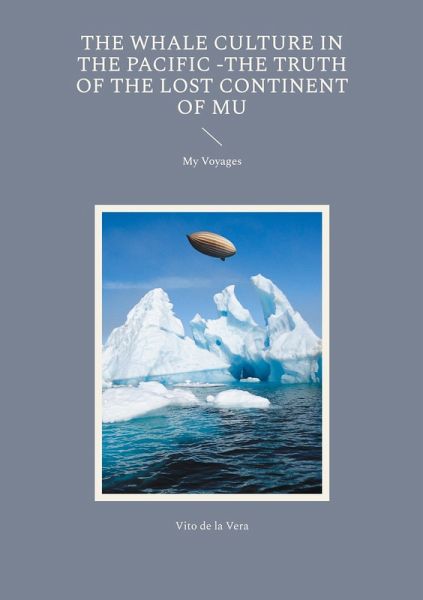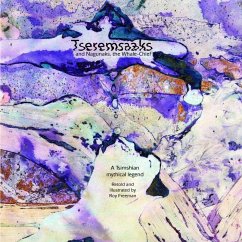
The Whale Culture in the Pacific -The Truth of the Lost Continent of Mu
My Voyages

PAYBACK Punkte
4 °P sammeln!
My search for the origins of the whale culture has now taken me from the first findings on the East coast of Greenland across the Arctic Ocean and down the Bering Sea to the Aleutian Islands. Here I have found evidence that they originated in the Pacific, which brings us to Japan and the Yonaguni monument. Here it becomes evident that the Whale culture originated from hunter-gatherers, on the Eurasian Mammoth step, who have begun to hunt seals and whales in the Sea of Japan and have then crossed over to Japan from where their culture has adapted to the rich hunting waters of the Pacific during...
My search for the origins of the whale culture has now taken me from the first findings on the East coast of Greenland across the Arctic Ocean and down the Bering Sea to the Aleutian Islands. Here I have found evidence that they originated in the Pacific, which brings us to Japan and the Yonaguni monument. Here it becomes evident that the Whale culture originated from hunter-gatherers, on the Eurasian Mammoth step, who have begun to hunt seals and whales in the Sea of Japan and have then crossed over to Japan from where their culture has adapted to the rich hunting waters of the Pacific during the ice age. The abundance of hunting game has led them to be very successful in the Pacific and to have the resources to develop their unique culture, where they lived on and hunted from the ice cover on the Ocean. On the journey from Japan across the Pacific we find evidence on Hawaii that causes us to take a detour to Kiritimati. There we find evidence that very specific ocean currents during the ice age created a continent of ice in the pacific during the ice age with very rich waters both to the north and south of this ice continent on which the whale culture established a civilization that must have been the real lost continent of Mu. From this continent the whale culture of Mu could cover the entire pacific in their airships based on whale skin and bone. In our continued search we come to Tahiti and New Caledonia to find the source of the specific conditions in the ocean currents that led to the formation of the ice continent of Mu and how these conditions started to collapse and led to the decline of the Whale culture in the Pacific. We thus end up following the whale culture to New Zealand, where it tries to adapt to the missing sea ice and follows the ice south towards the Antarctic before disappearing.














